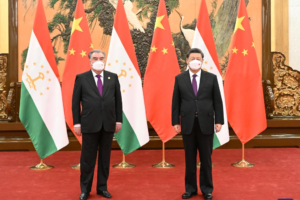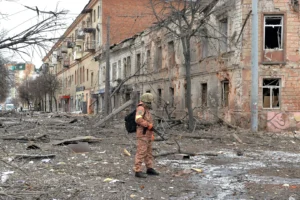After the disastrous wildfires that devastated Hawaii’s Maui, Hawaii politicians and officials are urging tourists to come back to the island—minus some areas.
Hawaii Governor Josh Green wants to be clear. West Maui—where Lahaina is located and where the wildfires did the most damage—is still to be avoided. However, the rest of the island is and should remain open, and travel is encouraged in order to help relieve the economy and Maui’s overall wellbeing.
“No one can travel to West Maui right now. We will share when that is possible again. Only returning residents and authorized emergency relief workers should come here now. But all of the other areas of Maui… and the rest of Hawaiii are safe,” Governor Green said in a statement. “When you come, you will support our local economy and help speed the recovery of the people that are suffering right now.”
The Hawaii Tourism Authority agrees with Governor Green. Visitors should refrain from traveling to West Maui, including Lahaina, Nāpili, Kāʻanapali, and Kapalua as a sign of respect to both the people and places that have been affected and lost two weeks ago—but the rest of the island is to be considered safe according to the latest guidance issued by the Tourism Authority.
Locals, however, are on the fence. While some agree with Governor Green’s tourism push citing that Maui’s economy is mostly dependent on tourism (70% of earnings the County of Maui makes is generated by the tourism industry, according to the Maui Economic Development Board), others believe that an influx of tourists right now would not only be insensitive to the areas and people affected by the recent tragedy, but it could also negatively impact and further reduce the local resources in a time of need.
“On one hand [businesses across Maui] have historically been dependent on revenue from tourists and will struggle to stay afloat without planes landing here,” Kaniela Ing, the national director of the Green New Deal Network and a seventh-generation Indigenous Hawaiian from Maui, told Insider. “On the other hand, there are still thousands of survivors sleeping on cots, in tents, on gym floors, in homes of families who could barely afford to even take care of their own children, and we need the hotel rooms to house them immediately.”
Some small business owners are open to a measured return of tourism to the island, while others are opposing the move entirely. The majority, however, seems to stand in the middle, where the option to bring back tourism is accepted as long as it is done responsibly.
“I do believe personally, we will still need to look at tourism, but we like to use the term responsible tourism now in how we market our resources and our community,” one Maui business owner told Insider. “I think what we’re looking for is a visitor that is more socially aware and actively aware of the community culture so that when people come out here, it’s not Disneyland.”
Two weeks ago, when the wildfire emergency was at its peak, many local residents were vocal publicly and on social media and were actively trying to keep people from visiting Hawaii, saying that their presence could deplete Maui’s much-needed water supply and resources. At the time, even Hawaiian native actor Jason Momoa spoke on the issue, and took to Instagram to encourage tourists to revisit their travel plans. “Maui is not the place to have your vacation right now,” he wrote. “Do not convince yourself that your presence is needed on an island that is suffering this deeply.”
If you are not planning a vacation to Maui and want to learn about how you can help Maui locals from the comfort of your own home, we put together a handy guide on how to contribute to the Maui relief efforts.
Source : Thrillist











